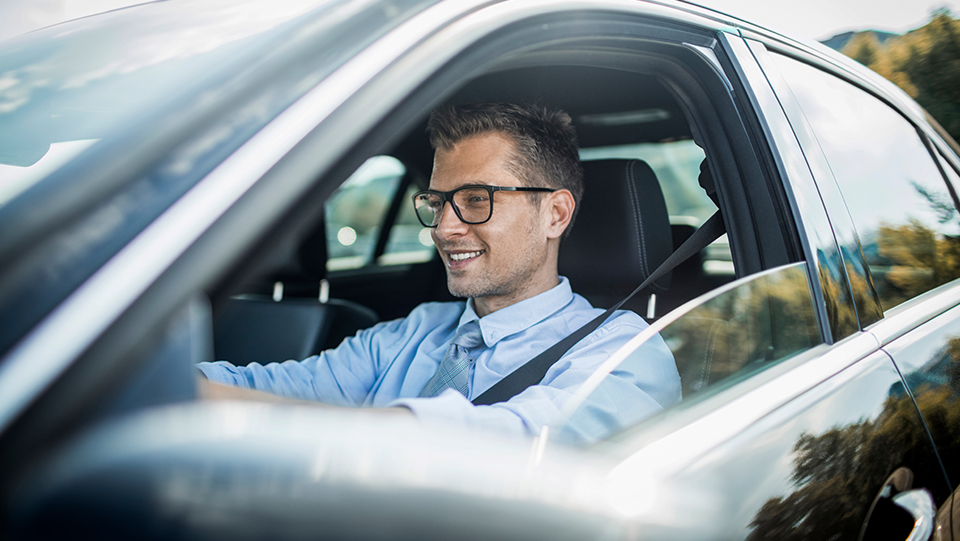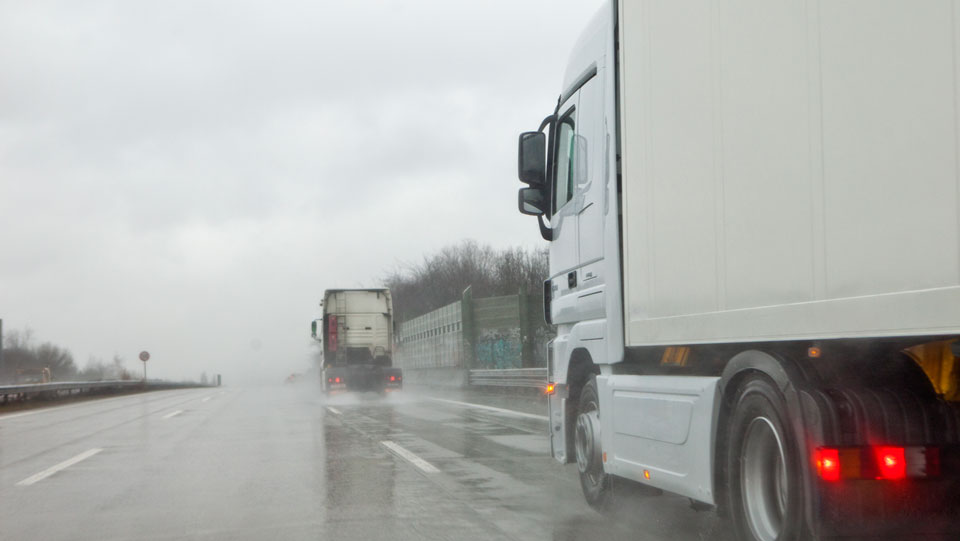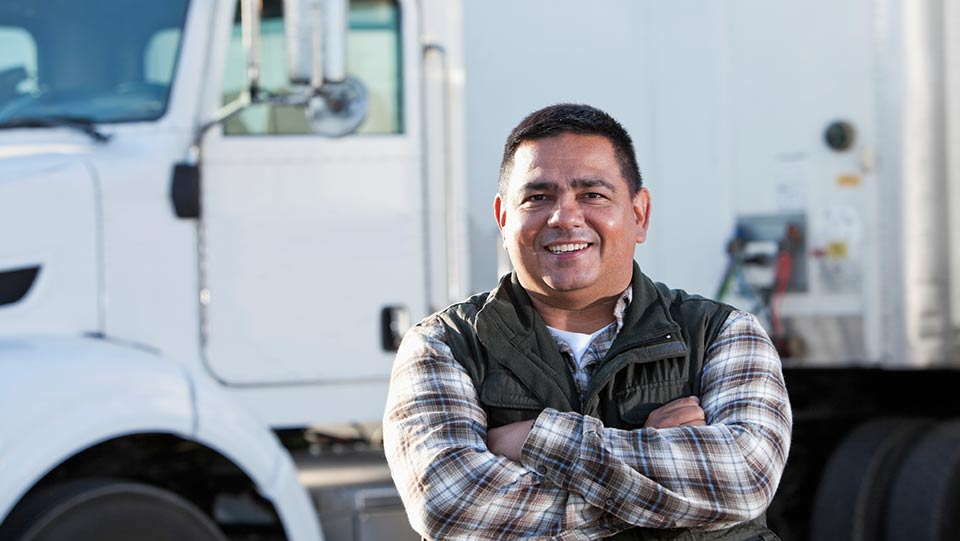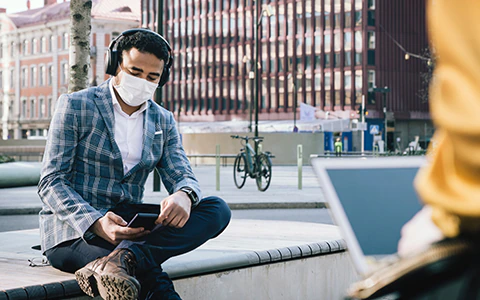Food Services and Curbside Pickup — Know the Risks

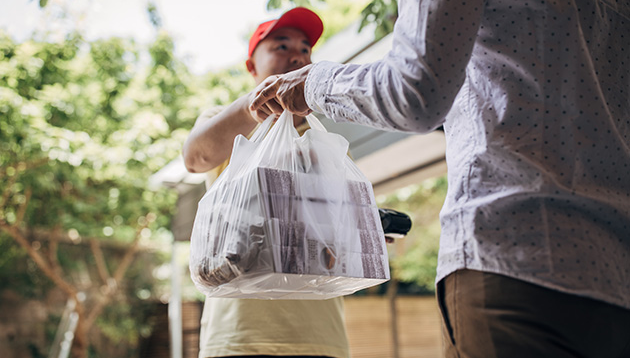
Delivery and curbside pickup options have become more widely available across a variety of businesses. Restaurants, grocery stores, bars, cafes and delis are among the businesses that commonly offer these services. They can result in unique risks for employees and patrons. Therefore, whether you currently offer these services or are planning to in the future, know the risks so you can manage them effectively to help protect your employees and your business.
Driver and vehicle safety
Possibly the biggest risk curbside pickup poses to your business will involve driving. Employees who deliver food, whether they drive a vehicle your business owns or their personal vehicle, risk being involved in crashes that can lead to on-the-job injuries. Food delivery service also creates liability risks for your business if property is damaged or people are injured. When providing this service, here are some immediate safety practices to consider:
- Select drivers who have a minimum of five years of driving experience.
- Verify that delivery drivers have a valid driver’s license and a safe driving record.
- Visually inspect vehicles being used for delivery.
- Prohibit mobile device use while driving.
In the long term, there are several practices you can take to help protect your employees and your business:
- Establish selection and qualification procedures to ensure that delivery drivers meet minimum-experience requirements and have a valid, safe driving record. Annually review motor vehicle records (MVR) for existing drivers for violations, preventable accidents and disqualifications.
- Require drivers to use only hands-free navigation to avoid distractions while driving.
- Avoid delivery promises and incentives that can encourage employees to speed.
- At least annually, provide defensive driving training to new employees and to all existing employees. Keep records of all training provided.
- Have accident-reporting and investigation procedures. Equip vehicles with reporting instructions and forms to document any accidents. Instruct drivers to take accident scene photographs to help explain how an accident occurred.
- Have an inspection and maintenance program to ensure that company-owned vehicles are well maintained and in safe operating condition.
Employees who drive their own vehicles for your business can also put your company at risk. Steps you can take to help manage this exposure include:
- Ensure that employees who drive personal vehicles for your business meet your driver qualification requirements.
- Apply your safety policies to all drivers and vehicles.
- Ensure that personal vehicles are in safe operating condition.
- Verify that your business has insurance to cover liability in the event of an accident involving an employee’s personal vehicle. Talk to your insurance representative for guidance.
Employee and customer safety
Delivery and curbside pickup services can also present hazards for employees and patrons. These can include slips, trips and falls; strains from carrying food; and even dog bites. Precautions to help protect your workers and patrons include:
- Inspect your premises for slip, trip and fall hazards that might contribute to employee injuries as they respond to curbside pickup-and-delivery requests.
- Have policies and procedures in place to protect employees who are delivering food, such as restrictions on carrying cash, and policies on entering residences and avoiding threatening delivery locations, such as those with unrestrained dogs.
- Have patrons pay in advance to streamline delivery and curbside service.
- Establish safe curbside-service procedures and post signs to direct patrons. Provide this information to patrons when they place their orders. Also include this information on your website and in marketing materials.
- Designate safe curbside parking spots or pull-off areas that do not:
- Require employees to cross or stand in traffic.
- Block traffic.
- Require patrons to back into traffic.
- Curbside pickup spots should be in well-lighted locations. For added safety, have employees wear high-visibility clothing.
- Use appropriate packaging to keep food at the right temperatures. Avoid packing hot and cold foods together.
It is important to remind employees of best hygiene practices including washing their hands often with soap and water or if soap and water are not readily available, using a hand sanitizer that contains at least 60 percent alcohol. For your facility, increase frequency of cleaning and sanitizing all hard surfaces, including tables and counter tops that are being utilized by employees and patrons during pickup/delivery options.
Educate your employees about these potential hazards and about the precautions they can take to help keep themselves and your customers safe.
